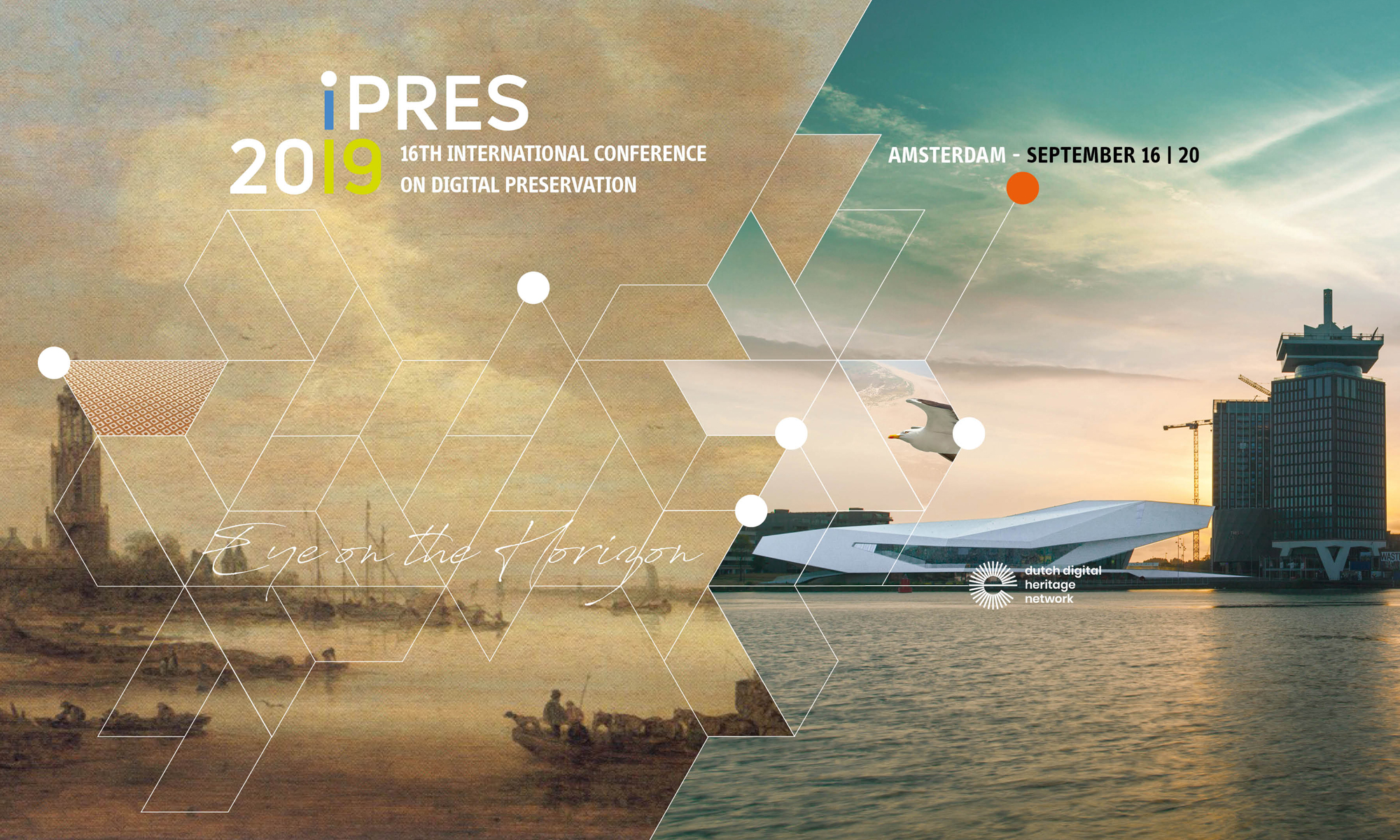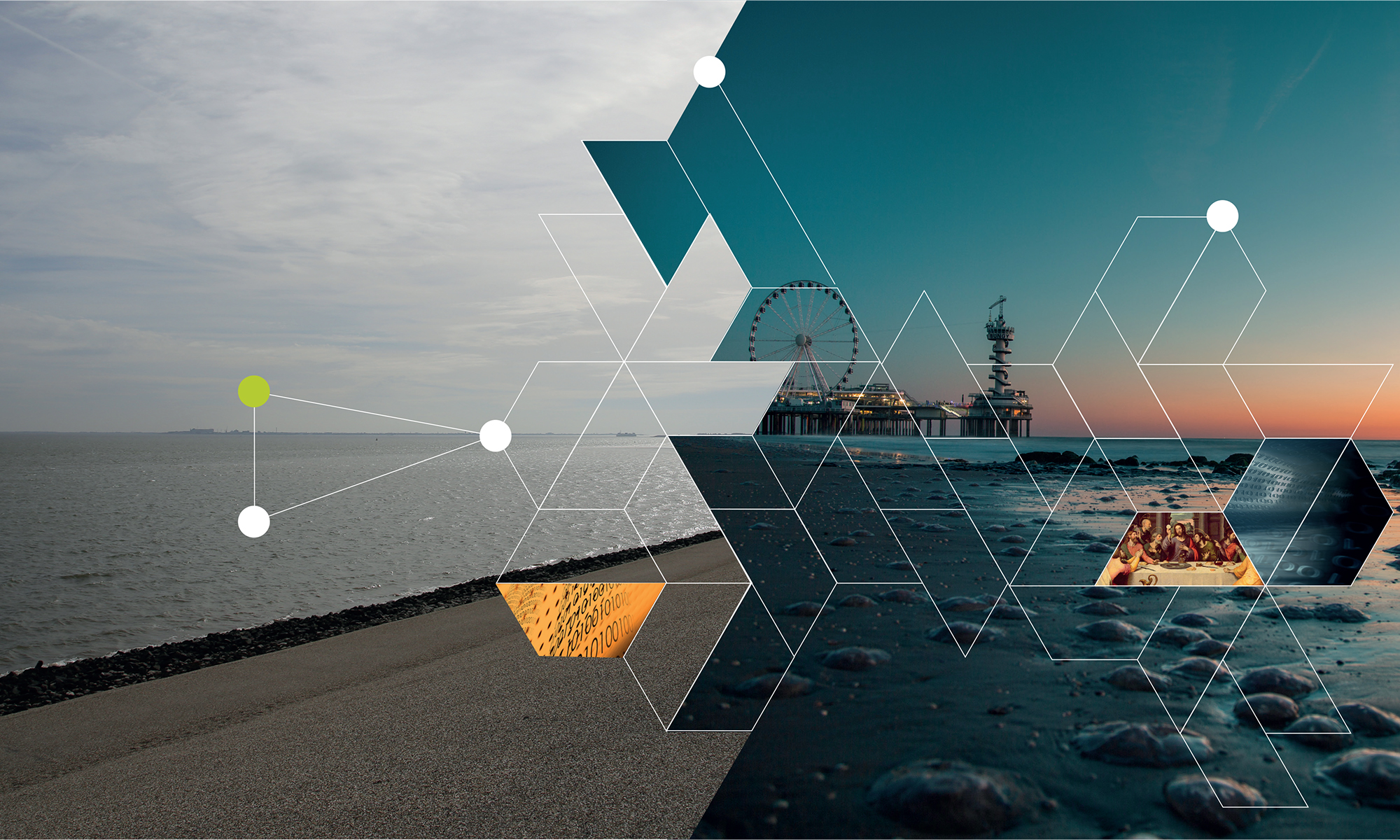HACKATHONS
Studio
Hackaton
Detailed Programme
Hackathon 1: Reading the Matrix. A Hackathon linking digital forensics to user access
Seth Anderson (Yale University Library), Alex Chassanoff (Educopia Institute), Ethan Gates (Yale University Library)
A proposal for a multi-day hackathon event on the topic of bridging forensic disk imaging and bit-for-bit digital preservation workflows to emulation-based access services. Participants from a variety of backgrounds can collaborate to develop resources that ease, integrate and forefront access in the practice of digital forensics.
Download Paper (PDF)Hackathon 2: Understanding the Variability of Virtual Reality Artworks
Tom Ensom (Tate), Jack McConchie (Tate), Dragan Espenschied (Rhizome), Claudia Roeck (University of Amsterdam)
The second wave of virtual reality (VR) technology is becoming an increasingly significant medium for artists. As a result, those taking on the long-term care of such artworks must contend with the fragility of the technological ecosystems on which VR relies. Consisting of complex systems of interlinked components (many of which are proprietary and closed-source) and dependent on the continued support of a rapidly moving, innovation focused industry, VR technologies present considerable challenges to our ability to stabilise and preserve. Building on recent work in the field of software preservation, conservators based at art-collecting institutions have begun to explore how virtual reality artworks might be preserved. One need identified has been to gain a better understanding of the characteristics that define virtual reality artworks and how they might be consistently identified, documented and maintained through time. In this hackathon, we invite those with an interest in virtual reality, 3D (particularly real-time rendering), software preservation and other related areas, to join us in examining real-world case study artworks in order to build our communities understanding of the variability of VR artworks.
The case studies will be centered around prevalent virtual reality technologies including the Unity and Unreal Engine production environments and Oculus and Vive hardware systems, and given VR art is a current practice, assume the availability of production materials. To gain an understanding and shared language about VR artworks, we will assess available options for building multiple executables from available source files (e.g. which VR plugins a production environment offers or which platforms we can target) and create variants of works. By moving an artwork between different suitable platforms and technical environments we hope to highlight execution differences, preservation risks, and other variable factors. Areas of interest may include features of interactivity and user experience, rendering characteristics and the significance of software build options.
The output of this hackathon will be a document describing the identified variabilities and preservation risks, with guidance on how to identify, measure and document these (including appropriate tools and formats) where possible. This document could form a useful basis for preservation approaches like migration and emulation in the future — work which is currently difficult as we don't have well-defined language for this domain, nor sufficient understanding of how visible characteristics connect with underlying technology. For more complex issues beyond the scope of the hackathon, we will identify these as areas requiring further research, and so contribute to the research agenda for this emerging area of digital preservation.


